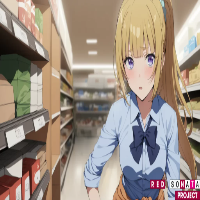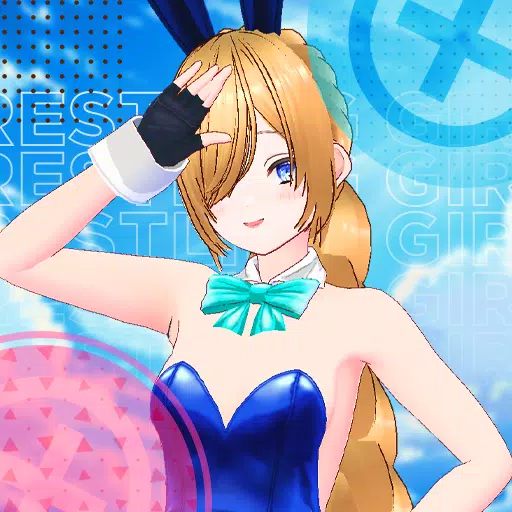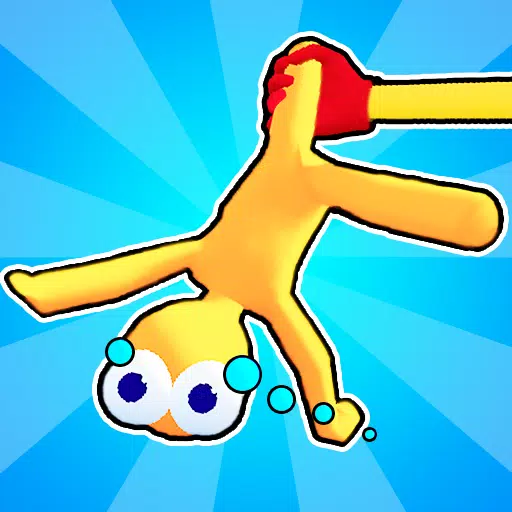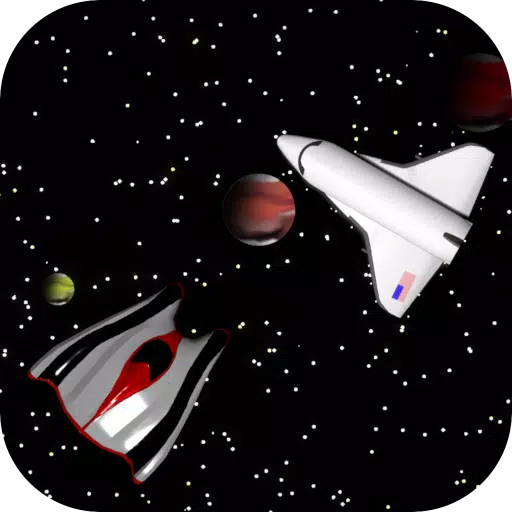As teased by Nintendo, Nvidia has now shed some light on the custom GPU that powers the Nintendo Switch 2, though the details shared were less in-depth than many tech enthusiasts hoped for. In a blog post, Nvidia confirmed the use of its GPU, which supports AI upscaling through DLSS (Deep Learning Super Sampling) and ray tracing, aligning with earlier reports from IGN.
Nvidia DLSS is an innovative technology that leverages AI to upscale lower-resolution images in real-time, enhancing both performance and visual quality in games. The Switch 2's GPU, described by Nvidia as a "custom Nvidia processor featuring an Nvidia GPU with dedicated RT Cores and Tensor Cores," aims to deliver stunning visuals and AI-driven enhancements.
Nvidia emphasized the extensive effort behind the Switch 2, mentioning "1,000 engineer-years" devoted to various aspects of the system, from chip design to development tools. This effort has resulted in significant upgrades, including support for up to 4K gaming in TV mode and up to 120 FPS at 1080p in handheld mode. The console also supports HDR and AI upscaling to improve visuals and gameplay smoothness.
The inclusion of RT Cores enables real-time ray tracing, enhancing the realism of lighting, reflections, and shadows in games. Meanwhile, Tensor Cores power AI features like DLSS, boosting resolution for sharper details without compromising image quality. Interestingly, these cores also support AI-powered face tracking and background removal for video chat, enhancing the social gaming and streaming experience.
During the Nintendo Direct, Nintendo introduced the C button, which facilitates new chat functionality using an external camera and the Switch 2's built-in microphone. This feature smartly filters out background noise, focusing on the player's voice.
Nvidia made a bold claim about the Switch 2's performance, stating it offers "10x the graphics performance of the Nintendo Switch." However, the company did not provide specifics on how this performance was measured. It will likely be up to experts like Digital Foundry to analyze and validate these claims once the Switch 2 launches in June.
Nintendo Switch 2 System and Accessories Gallery
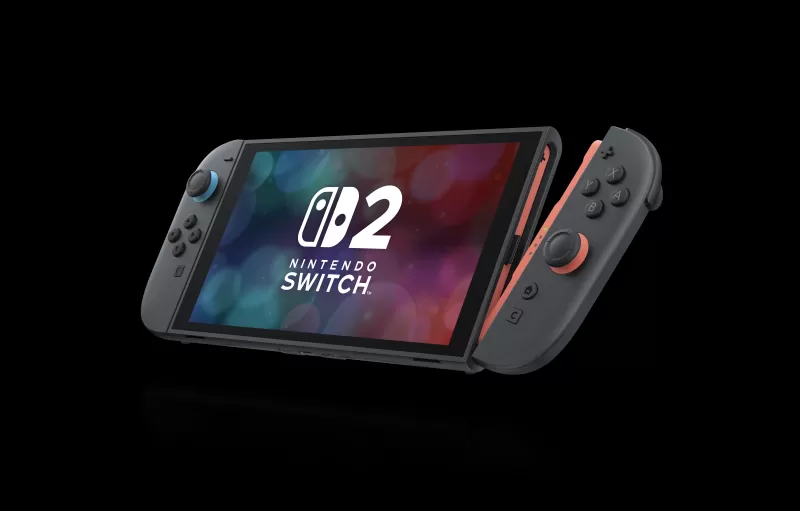
 91 Images
91 Images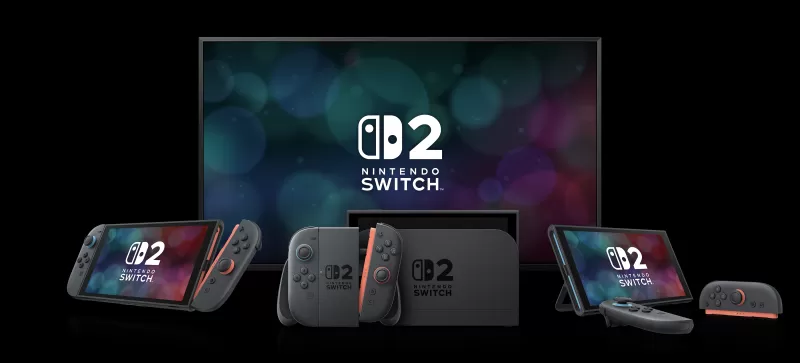
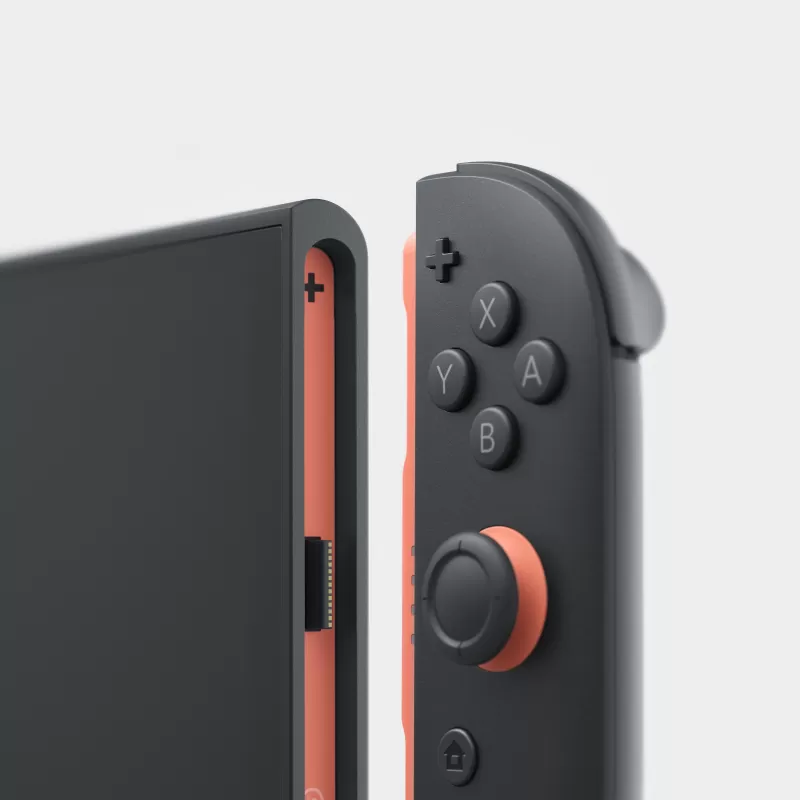
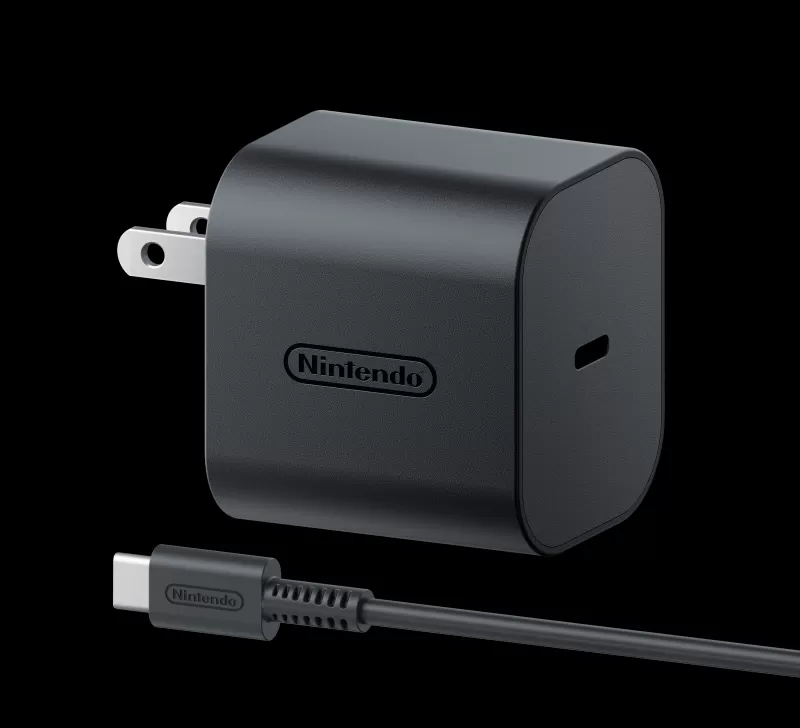
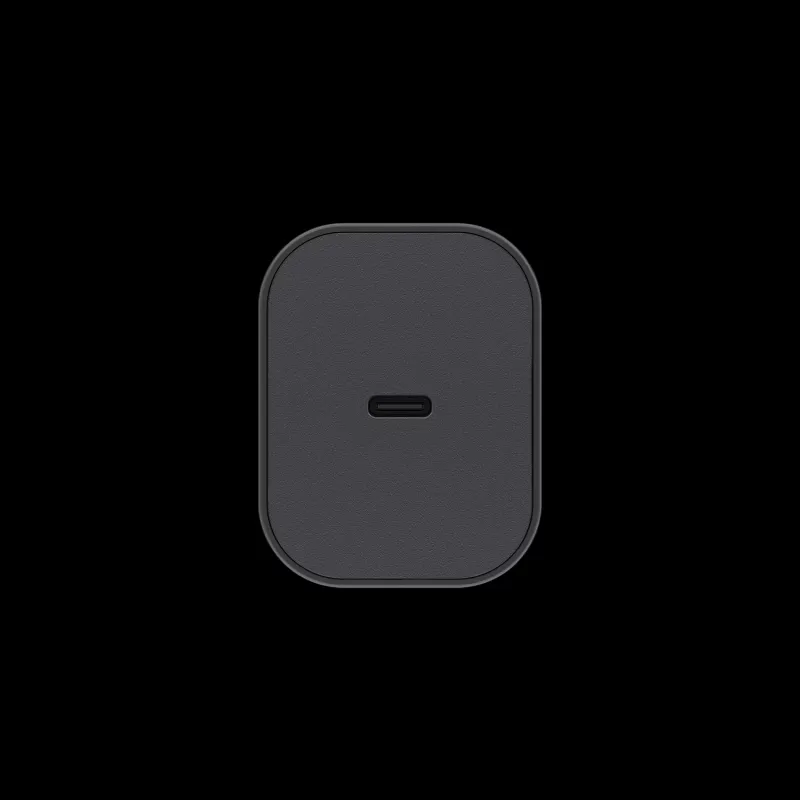
Nvidia also highlighted the efficiency of the Tensor Cores in boosting AI-powered graphics while managing power consumption, and the RT Cores for enhancing in-game realism with dynamic lighting and natural reflections. Additionally, Variable Refresh Rate (VRR) via Nvidia G-SYNC in handheld mode promises ultra-smooth, tear-free gameplay.
In a hardware-focused roundtable Q&A in New York, attended by IGN, Nintendo representatives confirmed the use of DLSS in the Switch 2 but remained vague on specifics like the version of the technology or any customizations. Similarly, they confirmed the GPU's ray tracing capabilities without delving into details.
Tetsuya Sasaki, General Manager at Nintendo's Technology Development Division, emphasized Nintendo's focus on providing value to consumers rather than sharing detailed hardware specs. He suggested that Nvidia would be the one to share more technical information.
In January, a patent filed in July 2023 surfaced, detailing AI image upscaling technology aimed at reducing game download sizes while supporting up to 4K textures.
For more information, you can explore everything announced at the Switch 2 Nintendo Direct, and what the experts have to say about the Switch 2 price and Mario Kart World's $80 price tag.

